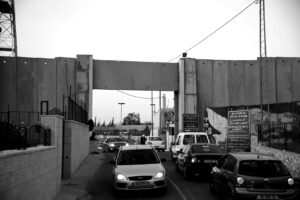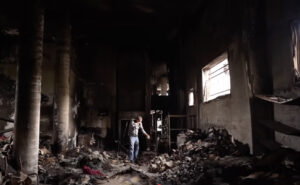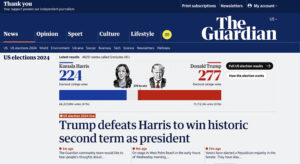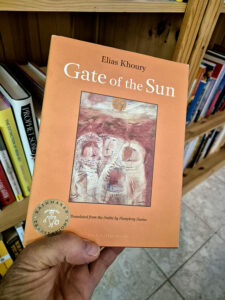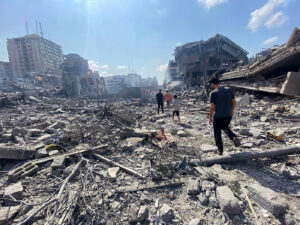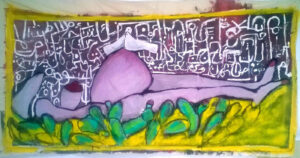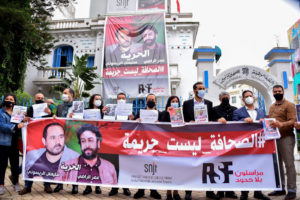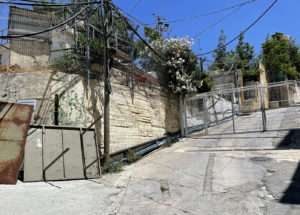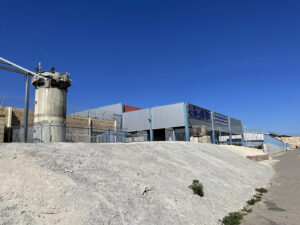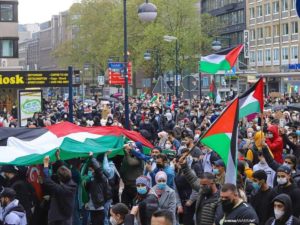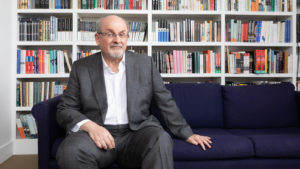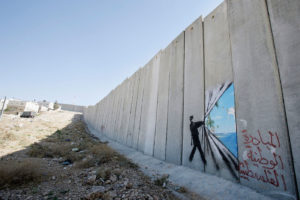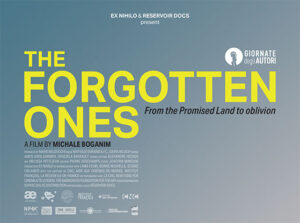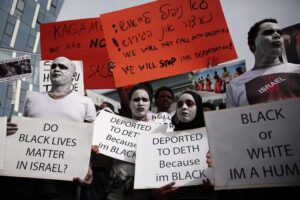
Opinions published in The Markaz Review reflect the perspective of their authors and do not necessarily represent TMR.
Mark Habeeb
The Indian American philosopher Jiddu Krishnamurti wrote, “To understand any problem, you must give your whole attention to it, and you cannot give your whole attention to it if you are seeking a solution.” Ever since the predictably unsuccessful effort by former U.S. Secretary of State John Kerry to mediate a permanent solution between Israel and the Palestinians, no serious initiative has been undertaken.
Perhaps this is a good thing: after fruitless decades trying to find a solution, now is an ideal time to follow Krishnamurti’s advice and devote our attention to understanding the problem.
If you ask a range of people to define the Israeli-Palestinian problem, you will get a range of divergent answers:
“The Arabs’ refusal to recognize a Jewish state.”
“Israeli colonization of Palestine.”
“Arab anti-Semitism.”
“Israeli racism and apartheid.”
“Islamic extremism.”
“Jewish extremism”
“The Zionist lobby in the United States.”
In fact, none of these is the problem. They are reflections of the problem, but just as a tree’s reflection in a pond is not the tree, these reflections of the problem are not the problem.
So, what is the problem?
Let’s start by looking at where the problem exists geographically and who is affected by it. The Problem Area (a more neutral term than “historic Palestine” or “Eretz Israel”) is the territory bounded by the Jordan River in the East, the Mediterranean Sea in the West, the Lebanese and Syrian borders in the north, and the Egyptian border in the south.
According to the CIA World Fact Book, inside the Problem Area live approximately 13.7 million people. Of these, 6.6 million are Jewish citizens of Israel; 1.9 million are Palestinian citizens of Israel (Muslim and Christian by religion); 4.8 million are Palestinians (Muslim and Christian) who are not citizens of any recognized state; and another 450,000 are neither Israelis nor Palestinians and live mostly in Israel (non-Palestinian Christians, African immigrants, migrant workers, etc.).
The problem is: How can the 13.7 million people who live in the Problem Area structure their political, economic, religious and social relationships in a manner that allows them to live in peace with each other, in a context of justice and equity for all? Any proposed solution to the problem must resolve this question; if it doesn’t, it’s not a solution — at least not a lasting one. (I am ruling out as possible solutions the removal, transfer or extermination of any of the people who live in the Problem Area.)
Moreover, any solution with a chance of solving the problem must be based on affirmative answers to six fundamental questions:
Do all 13.7 million people in the Problem Area deserve equal human, civil and political rights?
Do all 13.7 million people in the Problem Area deserve equal rights to physical safety and security?
Do all 13.7 million people in the Problem Area deserve an equal right to participate in providing for security within the Area?
Do all 13.7 million people in the Problem Area deserve equal economic rights, including rights to land and property, and equal access to resources such as water?
Do all religious groups in the Problem Area deserve freedom of worship, including free access to and management or co-management of holy sites (many of which are sacred to all three of the major religions represented in the Problem Area)?
Do those living outside the Problem Area but who have emotional and historic ties to it (in particular, Diaspora Jews and Palestinian refugees) deserve equal rights to immigrate into the Problem Area? If not, should restrictions on immigration be imposed fairly and equally?
Anyone who answers “yes” to these six questions is ready to contribute to formulating a solution. Anyone who answers “no” to any of these questions must explain and justify why one group of people in the Problem Area deserves preferential rights. For example, why would one group — based on its ethnic or religious identity — deserve preferential rights to build homes on any piece of land in the Problem Area? Or why would another group deserve the right to impose its religious practices on everyone who lives in the Problem Area? And why would one group — again, based on ethnic or religious identity — enjoy preferential rights to immigrate into the Problem Area?
The Rubik’s Cube of Israeli-Palestinian peace will never be solved unless these fundamental questions and the principles they are based on are addressed — certainly by the 13.7 million people who live in the Problem Area, but also by those outside of the Area who have an interest in a lasting solution. A number of possible solutions — two sovereign states, one state, a bi-national confederation — could be made compatible with a “yes” answer to the above questions. But trying to concoct a solution without thoroughly assessing the problem has been a proven failure; to continue to do so will only validate Albert Einstein’s definition of insanity — “doing the same thing over and over again and expecting different results.”
The current lull in active attempts to find a solution thus offers an ideal time to focus on the problem and identify those who share the fundamental principles that are necessary to finding a solution.





